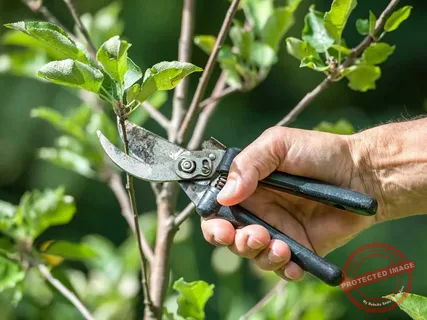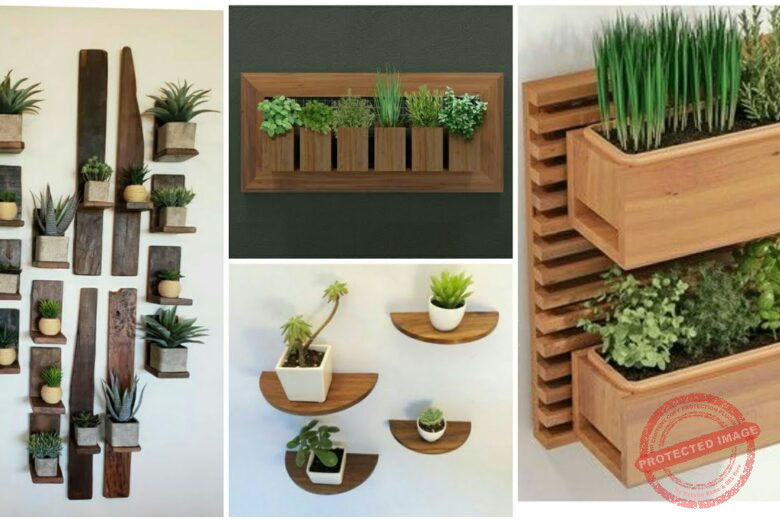Tomatoes are one of the most rewarding crops to grow in a greenhouse. Whether you’re a hobbyist gardener or a commercial farmer, the controlled environment of a greenhouse allows for a bountiful harvest, regardless of the weather outside.
This guide will walk you through everything you need to know to grow tomatoes successfully in a greenhouse.
Choosing the Type of Greenhouse Tomato Plant
Before planting tomatoes in your greenhouse, it’s essential to choose the right type. Tomatoes fall into two main categories:
- Determinate Tomatoes
- Also called “bush tomatoes,” determinate varieties grow to a set height and produce their fruit all at once.
- Ideal for small greenhouses or gardeners looking for a concentrated harvest.
- Examples include Roma, Bush Early Girl, and Patio Princess.
- Indeterminate Tomatoes
- These are vining varieties that continue to grow and produce fruit throughout the season.
- They require more space and support but provide a steady supply of tomatoes.
- Popular choices include Sungold, Beefsteak, and Moneymaker.
Pro Tip: If you’re a beginner, start with determinate varieties as they are easier to manage. For experienced growers aiming for high yields, indeterminate varieties are worth the effort.
Best Tomato Varieties for a Greenhouse
Choosing the right variety is crucial for maximizing your harvest. Here’s a closer look at some top-performing greenhouse varieties:
- Sungold
- A cherry tomato variety known for its sweetness and high yields.
- Thrives in warm greenhouse conditions.
- Moneymaker
- A reliable, classic variety that performs well in various climates.
- Produces medium-sized, flavorful tomatoes.
- Brandywine
- Famous for its exceptional taste, this heirloom variety produces large, meaty fruits.
- Requires diligent care but is worth the effort for flavor enthusiasts.
- Gardener’s Delight
- A small, sweet variety that’s perfect for snacking or salads.
- Excellent choice for small greenhouses.
- Big Beef
- Disease-resistant and high-yielding, this variety is ideal for commercial growers.
Pro Tip: If you’re growing tomatoes for market, choose a mix of varieties to appeal to different customer preferences.
How to Care for Tomato Plants in a Greenhouse
Caring for tomato plants in a greenhouse involves attention to detail and consistency. Here’s a breakdown of the essentials:
1. Temperature Management
- Optimal Range: Daytime temperatures should stay between 70–80°F (21–27°C), while nighttime temperatures should not drop below 55°F (13°C).
- Use a thermometer to monitor conditions regularly.
- Install heaters or cooling fans to maintain stable temperatures.
2. Light Requirements
- Tomatoes require 8–10 hours of sunlight daily.
- In winter or cloudy conditions, use grow lights to supplement natural sunlight.
- Position plants to maximize light exposure, avoiding shaded areas.
3. Watering
- Water deeply and less frequently to encourage deep root development.
- Drip irrigation systems are ideal for maintaining consistent soil moisture.
- Avoid wetting the leaves to reduce the risk of fungal infections.
4. Humidity Control
- Maintain humidity levels between 65–70%.
- Ventilate the greenhouse regularly to prevent excessive moisture buildup.
- Use a dehumidifier if necessary.
5. Fertilization
- Use a balanced fertilizer with a high potassium-to-nitrogen ratio to support fruiting.
- Fertilize every 1–2 weeks or as directed by the product label.
- Consider organic options like compost tea or fish emulsion for eco-friendly feeding.
How to Build Your Greenhouse for Tomatoes
Creating the ideal environment is key to successful tomato cultivation. Here’s how to set up your greenhouse for optimal results:
1. Choosing a Location
- Select a site with maximum sunlight exposure, ideally facing south.
- Ensure the area is well-drained and protected from strong winds.
2. Structure Materials
- Frame: Aluminum or galvanized steel frames are durable and rust-resistant.
- Covering: Use UV-stabilized polyethylene for affordability or glass for durability and aesthetics.
3. Ventilation and Airflow
- Install roof vents, side vents, and exhaust fans to regulate temperature and humidity.
- Circulate air with oscillating fans to prevent hot spots and improve pollination.
4. Irrigation System
- Set up a drip irrigation system to ensure even water distribution.
- Add a timer for consistent watering schedules.
5. Plant Supports
- Use trellises, cages, or string supports to manage the growth of indeterminate varieties.
Pro Tip: Consider installing an automated climate control system for precise temperature and humidity management.
How Can I Prune My Greenhouse Tomatoes?
Pruning is an essential practice for maximizing yields and maintaining healthy plants. Follow these steps for effective pruning:
1. Removing Suckers
- Pinch off suckers (side shoots) that grow between the main stem and leaf branches.
- This focuses the plant’s energy on fruit production.
2. Lower Leaf Removal
- Remove older leaves near the base to improve airflow and reduce disease risk.
- Do this progressively as the plant grows.
3. Topping the Plant
- For indeterminate varieties, cut off the growing tip when the plant reaches the desired height.
- This encourages the plant to focus on ripening existing fruit.
4. Using Clean Tools
- Always sanitize pruning tools with alcohol or bleach solution to prevent disease transmission.
Pro Tip: Prune on dry days to minimize the risk of infections entering the plant through fresh cuts.
Common Greenhouse Tomato Problems and Solutions
Tomatoes can encounter various challenges in a greenhouse. Here’s how to address some common issues:
1. Pests
- Aphids, whiteflies, and spider mites are common greenhouse pests.
- Use insecticidal soap or introduce natural predators like ladybugs.
2. Diseases
- Fungal diseases like powdery mildew and blight can thrive in humid conditions.
- Maintain good airflow and use fungicides as needed.
3. Nutrient Deficiencies
- Yellowing leaves may indicate nitrogen deficiency.
- Use a balanced fertilizer and monitor plant health closely.
Conclusion
Growing tomatoes in a greenhouse is a rewarding endeavor that requires careful planning and maintenance. By selecting the right varieties, providing optimal care, and managing the greenhouse environment effectively, you can enjoy a steady supply of delicious, homegrown tomatoes.
Remember, success comes from consistency, attention to detail, and a willingness to adapt to challenges. Whether you’re a backyard gardener or a commercial grower, these techniques will set you on the path to success.



